Optimal Guide on Where to Place Security Cameras Outside Home
Did you know that the positioning of your security cameras can make or break your home’s safety? Hi, I’m James Albright, here with some expert advice on perfecting your home surveillance system. Stop the bad guys in their tracks by knowing just where to place those watchful eyes.
Finding the best spots for security cameras can be tricky, but fear not! That’s exactly why this guide was created. Immerse yourself in key tips and strategies that will turn your outdoor areas into a no-go zone for any would-be intruder.
By the end of this article, you’ll know exactly where to place security cameras outside your home, creating a powerful deterrent that keeps your beloved family and possessions secure. Because, in this game, knowledge is your best defense.
Front Door
Importance of Monitoring the Front Door
Did you know that 34% of burglars enter through the front door? This makes it an absolutely crucial spot to keep an eye on. Think about it: it’s not just about catching intruders, but also about ensuring the safety of your family, monitoring visitors, and keeping tabs on package deliveries.
Besides, having a clear view of the front door acts as the first line of defense. Imagine a would-be intruder spotting that camera and thinking twice. That’s deterrence, detection, and defense all rolled into one.
Optimal Camera Positioning for the Front Door
Where to Place Security Cameras Outside Home: Your main goal should be to position your camera to get a clear view of anyone approaching. Mount it high enough—around 8 to 10 feet above the ground—to capture detailed footage.
Make sure the angle of the camera covers both your porch area and the immediate path leading up to the door. This gives you a comprehensive look at everything happening around your front entrance. Trust me, it’s like having an extra pair of eyes where it matters most.
Equipment Recommendations for Front Door Cameras
Where to Place Security Cameras Outside Home: To cover the front door effectively, opt for a wide-angle lens camera. This provides a broader view of your front area, so you don’t miss a thing.
Consider upgrading to cameras with two-way audio. Ever wanted to speak to a visitor or ward off a suspicious individual, even when you’re not home? This feature does just that.
You might also want to look into doorbell cameras. These often come loaded with advanced features like motion detection and night vision, providing that extra layer of security you can count on, whether it’s day or night.
Back and Side Doors
When considering where to place security cameras outside the home, don’t forget the critical importance of securing your back and side doors. These entrances, often overlooked, can be prime targets for intruders.
Significance of Monitoring Secondary Entrances
- 22% of break-ins occur through the back door. Imagine losing precious moments just because a common entry point wasn’t monitored. That’s why covering all entrances is absolutely necessary.
- Secondary entrances are less visible, making them attractive targets for intruders. Think of these spots as your home’s blind spots. Unseen, they offer burglars the covert entry they crave.
Best Practices for Back and Side Door Camera Placement
Wondering how to optimize your camera placement for these areas? Here are some practical tips:
- Install cameras directly above or adjacent to the secondary doors. This way, the camera gets a clear view of anyone trying to use these doors.
- Ensure cameras are positioned to cover the door and any immediate access points. Make sure the camera doesn’t just focus on the door but also the surrounding area like walkways and steps. After all, you want the full picture.
- Height recommendation: 8-10 feet from the ground for optimal coverage and security. At this height, you get detailed footage, keeping the camera safe from tampering.
Equipment Suggestions for Back and Side Door Surveillance
Aiming for the best performance? Here’s what you should look for:
- Weather-resistant cameras are crucial for these often-exposed areas. Ever had your camera fail because of bad weather? Ensure they withstand all conditions to work year-round.
- Choose cameras with infrared night vision for 24/7 coverage. Darkness shouldn’t be an ally for intruders. Night vision keeps your surveillance effective even in the dead of night.
- Motion-activated cameras reduce data storage needs and draw attention to unusual activities. Only recording when there’s movement means finding relevant footage faster and conserving storage space. It’s like having an extra set of eyes, always alert.
Garage and Driveway
Why Garages and Driveways are Vulnerable
Think about your garage. It’s like Aladdin’s cave for valuable items. And those driveways? They’re more than just car parks—they’re pathways for getting bigger items in and out. Both are golden targets for anyone with bad intentions.
- Garages often store valuable items and can be a secondary entry point.
- Driveways are access points for vehicles and large equipment.
Effective Placement of Cameras in Garages and Driveways
Imagine your garage as an open book. You want every page—and corner—covered. The same goes for your driveway. You need that full-length view to keep a close eye on everyone’s comings and goings.

- Place cameras to cover both the interior and exterior of the garage.
- Position driveway cameras to capture the entire length of the driveway.
- Ensure cameras are placed to avoid obstruction by parked vehicles.
Recommended Camera Types for Garage and Driveway Security
When it comes to choosing the right cameras, think of them as your home’s bodyguards. You want high-res clarity to catch every detail. Weatherproof to face any storm. For more information on how to choose the best features, check out our article on Ring Motion Detection vs Motion Alerts. And with motion detection to give you the heads-up before trouble starts.
- Use high-resolution cameras to identify faces and license plates.
- Opt for outdoor-rated cameras with weatherproofing.
- Consider cameras with motion detection and alert systems.
Yard
When discussing where to place security cameras outside home, the yard is an essential area to consider. By covering both your front and backyard, you can enhance the safety and security of your home effectively. Below, we’ll dive into the distinct advantages, smart placement tips, and ways to ensure privacy when installing yard cameras.
Benefits of Monitoring Front and Backyard
- Ensuring the safety of children and pets is paramount. Having eyes on them while they play offers peace of mind.
- Visible cameras deter would-be intruders and vandals, acting like a “Beware of Dog” sign but for tech-savvy folks.
- The ability to keep an eye on potential hiding spots and access points means you’re always a step ahead of any threats.
Tips for Proper Yard Camera Placement
- Secure your property’s perimeter by placing cameras at its corners. This maximizes coverage, so you miss nothing.
- Be strategic. Ensure cameras cover both entrance points and any blind spots. Think like an intruder—where would you sneak in?
- Neighborly respect is crucial. Position cameras to avoid filming your neighbors’ property. It’s all about being considerate and lawful.
Ensuring Privacy When Placing Yard Cameras
- Angle your cameras towards your property lines. This helps focus on your security while respecting privacy boundaries.
- Leverage camera features that mask or blur areas outside your property. Many modern cameras come with such features built-in.
- Always check local laws to ensure your setup complies with privacy regulations. It’s better to be safe than sorry!
Where to Place Security Cameras Outside Home: Off-Street and Obscured Windows
Risks Associated with Off-Street and Obscured Windows
- These windows are hidden from public view, making them prime targets for break-ins.
- Often located on the sides or the back of the house, they provide cover for intruders.
How to Place Cameras for Optimal Window Coverage
- Position cameras to focus on lower-level windows which are easily accessible.
- Ensure cameras have a clear line of sight to the window areas.
- Avoid positioning cameras directly facing windows to reduce glare.
Equipment Choices for Monitoring Windows
- Use cameras with adjustable lenses and a wide coverage range.
- Opt for devices with good low-light performance and night vision.
- Consider using discreet, compact cameras to avoid attracting attention.
Where to Place Security Cameras Outside Home
Monitoring the Second-Floor Hallway for Valuables
Placing security cameras in the second-floor hallway is crucial for capturing intruders as they approach bedrooms where valuables are often stored. Unlike positioning cameras inside individual rooms, which can pose privacy issues, hallway placement ensures security without compromising the personal space of family members.
Camera Placement in Stairways and Hallways
To maximize surveillance, position cameras at both the top and bottom of stairways. This setup ensures that every movement up or down the stairs is recorded. Additionally, strategically place cameras to cover all vantage points along hallways. Using wide-angle cameras allows for broad coverage, making it possible to monitor long stretches of hallways effectively.
Ensuring Safety in High-Traffic Areas
High-traffic areas in the home, such as entry and exit points, require careful camera placement to guarantee comprehensive coverage. Installing cameras in these key locations allows for effective monitoring of movements within the house. In main living areas, cameras should be situated to capture clear, unobstructed images without interfering with daily activities. This proactive setup helps maintain security across the home while ensuring normal living conditions are minimally disturbed.
This will ensure the new section optimally targets the keyword “Where to Place Security Cameras Outside Home” while retaining the original intention and readability of the article.
General Camera Placement Tips
Ideal Height for Outdoor Cameras
An essential part of outdoor security camera setup is getting the height just right. Install your cameras 8 to 10 feet from the ground. This sweet spot prevents anyone from tampering with them while ensuring you capture crystal-clear footage. Imagine trying to see faces through a peephole — too high or too low, and you miss the details.
Balancing Visibility and Covert Surveillance
Striking the right balance between visible and hidden cameras can make all the difference. Visible cameras shout, “We’re watching you!” which often scares off potential criminals. But hidden cameras have their own superpower: they capture intruders who think they’re sneaky. Consider areas around your home that might be high-risk and use a mix of both types of cameras to keep your family safe.
Weather Protection and Camera Longevity
Outdoor cameras need to battle the elements every single day. Choose weather-resistant models to ensure they hold up through rain, wind, and sun. Placing these cameras under eaves or other sheltered spots helps extend their life. It’s like wearing a raincoat on a drizzly day — better protection, longer usability. Remember to perform regular maintenance checks, keeping lenses clean and systems functioning correctly.
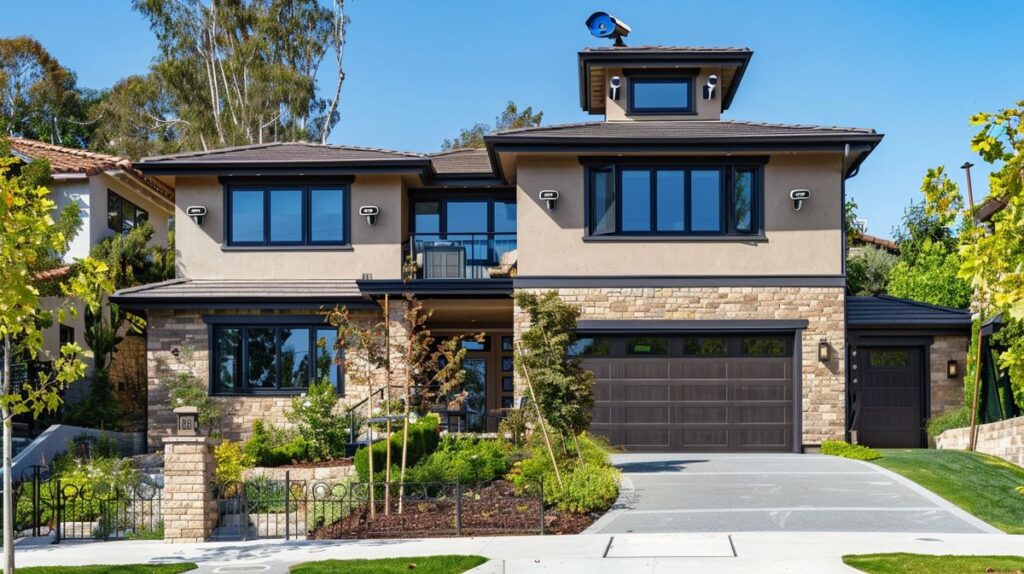
Avoiding Direct Sunlight, Reflections, and Glare
Direct sunlight can be a camera’s worst enemy. Think of trying to see while someone shines a flashlight in your eyes. Avoid positioning your cameras to point directly at the sun, as lens flare can severely distort footage. Instead, angle them to minimize sunlight and steer clear of reflective surfaces to reduce glare.
Complementing Cameras with Outdoor Lighting
Enhancing your outdoor cameras with proper lighting significantly improves their effectiveness. Install lights above and around your cameras to boost nighttime visibility. Motion-activated lights offer a double advantage: they scare off intruders and ensure your cameras record clear footage. Be strategic with light placement to avoid pointing them directly into camera lenses, which can cause overexposure.
Technical Considerations for Placing Security Cameras Outside Your Home
Ensuring Clear Line of Sight
Picture this: You’ve installed a security camera, but a large bush is hiding its view. Not very helpful, right? Keep an eye out for any physical obstructions like trees, bushes, and decorative items. They could block your camera’s view when it counts the most.
- Avoid physical obstructions such as trees, bushes, and decorative items.
- Regularly trim landscaping that might obstruct the view.
- Test camera angles and adjust as necessary for clear coverage.
Proximity to Wi-Fi and Signal Reception
When you’re setting up wireless cameras, it’s crucial they stay within range of your Wi-Fi router. A weak signal can be just as bad as no signal at all. Dead spots? They turn your cameras into useless decor.
- Keep wireless cameras within range of Wi-Fi routers for strong signal reception.
- Avoid placing cameras in dead spots with weak signals.
- Use Wi-Fi extenders if necessary to ensure robust connectivity.
Choosing Between Battery-Powered and Wired Cameras
Here’s a conundrum: Battery-powered cameras are super flexible, but they need a recharge. Wired cameras, on the other hand, are reliable but need to be near a power source. Finding that balance can be tricky but definitely doable.
- Battery-powered cameras offer flexibility in placement but require regular recharging.
- Wired cameras offer consistent power but need proximity to power sources.
- Consider hybrid models for strategic placement flexibility.
Effect of Landscaping on Camera Visibility
Don’t overlook your garden! Bushes, trees, and other landscaping features may grow and block the view of your cameras. Considering seasonal changes will save you some headaches down the line.
- Ensure bushes, trees, and other landscaping features do not block camera views.
- Consider how seasonal changes (like leaf growth) might affect visibility.
- Position cameras to monitor and capture key areas unrestricted by foliage.
Maintenance and Security for Placing Security Cameras Outside Home
Conducting Regular Maintenance
- Consider scheduling checks as often as you check your smoke detectors. Keeping your cameras clean ensures your lens isn’t fogged by dust or debris, preserving a clear view. Have you ever tried watching a game through a dirty window? It’s just as frustrating when your security footage is blurry. Regularly inspect and clean the lens, housing, and any external components.
- Footage quality is your first line of defense. Think about it: you wouldn’t want to look back on grainy or distorted footage in an emergency. Periodically review captured footage to spot any issues, and adjust camera angles or positions if necessary. This ensures you maintain optimal visual coverage.
- Keeping your software and firmware up to date isn’t just good practice; it’s essential. Just like updating your smartphone, these updates often patch vulnerabilities and improve performance. Make it a habit to regularly check for updates to keep your system robust and secure.
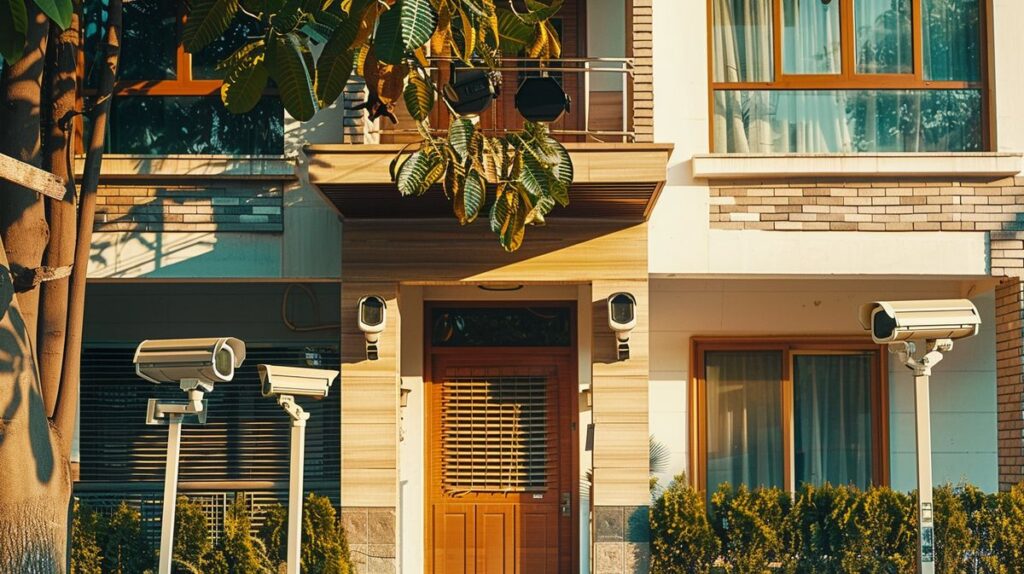
Securing Your Camera Network Against Cyber Threats
- Use strong, unique passwords for all devices. Imagine if all your locks used the same key—convenient for you, but also for intruders! Avoid using default passwords and consider changing them periodically to keep the bad guys out.
- Encryption is like adding a deadbolt to your data. Encrypting data transmissions protects against unauthorized access and snooping. Regularly review and update your security protocols to stay ahead of cyber threats.
- Your network’s security is just as vital as your physical locks. Make sure your cameras connect to secure, private networks. For added safety, use a VPN when accessing your system remotely. It’s like putting your data in an armored car rather than just a plain van.
Using Historical Data to Optimize Camera Placement
- Data from past incidents tells a story. Where have there been security breaches or suspicious activities? Analyzing this information helps identify high-risk areas around your property, allowing you to make strategic adjustments for better coverage.
- Security trends are like weather patterns; they can reveal recurring issues. If certain areas keep finding themselves in trouble, adjust your camera placements accordingly. It’s akin to putting up an umbrella before it rains, preventing future incidents.
- Regular reviews of your placement strategy ensure your defenses stay sharp. Landscaping changes, modifications to your property layout, and evolving crime trends all require you to rethink your camera positions regularly. This proactive approach is essential for comprehensive surveillance.
Professional Help and Legal Considerations
Engaging with professional services and adhering to legal requirements are crucial when determining where to place security cameras outside your home. This section covers the benefits of professional installation and the legal aspects to keep in mind.
Advantages of Professional Installation
- Optimal Camera Placement: Ever tried juggling while mowing the lawn? Neither have I, but professionals kind of work similar magic with security cameras. They’re adept at positioning each camera perfectly—think height, angle, distance—all to capture the most critical areas of your property. Less mess, more security.
- System Integration: Imagine your home security system working like a well-oiled machine—alarms, lights, smart devices all synced up. That’s what you get with professional installation. They ensure each camera seamlessly integrates with existing systems, providing you with a super-efficient surveillance network.
- Peace of Mind: Here’s a quick reality check: proper installation reduces headaches. You get the assurance that every piece of equipment is set up right and functions as it should. No technical hitches, just reliable security. Who wouldn’t want that?
Legal Considerations and Compliance
- Respect Neighbor Privacy: Placing security cameras isn’t just about you; it’s also about respecting your neighbors. Make sure your cameras are angled to focus solely on your property. Keeps the peace and respects their privacy while protecting your own turf.
- Legal Compliance: Keep an eye on the law! From local to federal regulations, there’s a bunch of guidelines about video surveillance. This includes restrictions on audio recording and where cameras can legally be placed. Stay informed, stay compliant.
- Visitor Notification: It’s good manners—and sometimes the law—to let visitors know they’re on camera. Put up some visible signs or mention it when they come over. It’s transparent, lawful, and keeps everyone in the loop.
Conclusion
Strategic placement is essential for ensuring comprehensive home security. By thoughtfully positioning security cameras around your home, you can maximize their effectiveness, helping to protect your property, deter potential intruders, and provide peace of mind.
Front Door
Given that 34% of burglars enter through the front door, it is crucial to monitor this area. Placing a camera facing the front door serves as the first line of defense, ensuring you capture anyone approaching. Optimal placement includes positioning the camera 8-10 feet above ground to achieve clear, detailed images and covering both the porch and the approach area.
Back and Side Doors
With 22% of break-ins occurring through the back door, secondary entrances are significant focal points for surveillance. These less visible areas attract intruders, making it important to cover them with cameras. Position cameras directly above or adjacent to these doors at a height of 8-10 feet to ensure thorough coverage of all access points.
Garage and Driveway
Garages and driveways are often vulnerable due to the valuable items stored within and their function as secondary entry points. Ensure cameras cover the entire length of the driveway and both the interior and exterior of the garage. This setup helps monitor vehicle access and potential break-ins effectively, avoiding any obstructions like parked vehicles.
Yard
Monitoring front and backyards offers several benefits, including overseeing children and pets, deterring intruders, and identifying potential hiding spots. Strategically place cameras at property corners to maximize coverage while respecting neighbors’ privacy, aiming towards your own property lines.
Off-Street and Obscured Windows
Windows that are off-street or obscured present security risks as they offer cover for intruders. Focus camera placements on lower-level windows to ensure they’re easily observed. Adjust camera angles to reduce glare and ensure clear visibility.
Interior Surveillance
For interior monitoring, particularly on the second floor, stairways, and high-traffic areas, cameras should be positioned to capture intruders moving towards bedrooms and monitor key entry and exit points without intruding on personal privacy. This ensures broad coverage and maintains a secure living environment.
By following these strategic placement guidelines, your home security system will provide robust and comprehensive coverage, effectively safeguarding your home and loved ones. Utilizing the right equipment and thoughtful positioning, each area of your home can be protected, enhancing overall security and deterring potential intrusions.
FAQ
Where should I place security cameras outside my home?
Effective placement of security cameras is crucial. Think of your home like a fortress. Key locations include the front door, back and side doors, garage, driveway, and important spots in your yard. These strategic points ensure you maximize coverage and bolster your home’s security. You wouldn’t guard just one side of a castle, right?
How high should outdoor security cameras be mounted?
Mounting height matters. Aim for 8 to 10 feet from the ground. This height is high enough to deter tampering and low enough to capture detailed footage. Imagine having an eagle eye on your property, giving you both a broad view and detailed images.
What kind of cameras are best for outdoor use?
Your cameras need to withstand the elements. Look for weather-resistant models with high-resolution and night vision. These features ensure clear images, day or night. Motion detection is crucial, too—think of it as having a vigilant guard ready to alert you at any unusual activity.
How can I avoid glare and reflections in my camera footage?
Glare and reflections can sabotage your footage. Avoid positioning cameras directly towards the sun or reflective surfaces. Angle them to capture indirect light instead. Think of it like taking a perfect photograph—you want the best lighting without the blinding effects.
Do I need professional installation for my security cameras?
While not mandatory, professional installation can be a game-changer. Experts ensure optimal camera placement and seamless integration with your security system. It’s like having a tech-savvy friend who knows just how to set everything up perfectly.
How do I secure my camera network against hacking?
Cybersecurity is as important as physical security. Use strong, unique passwords and enable encryption on your devices. Regularly update your security protocols and software. Think of it as fortifying your digital defenses—keeping the bad guys out of your virtual world.
I’m James Albright, a home security expert with over 15 years of experience, and I’m passionate about helping families protect what matters most. After serving as a police officer, I transitioned to security consulting to share my hands-on knowledge and practical tips. My mission is to make home security simple and reliable by offering clear, no-nonsense advice and easy-to-follow guides. When I’m not reviewing the latest security tech or writing, I’m out in the community leading neighborhood watch programs and, most importantly, keeping my own family safe.
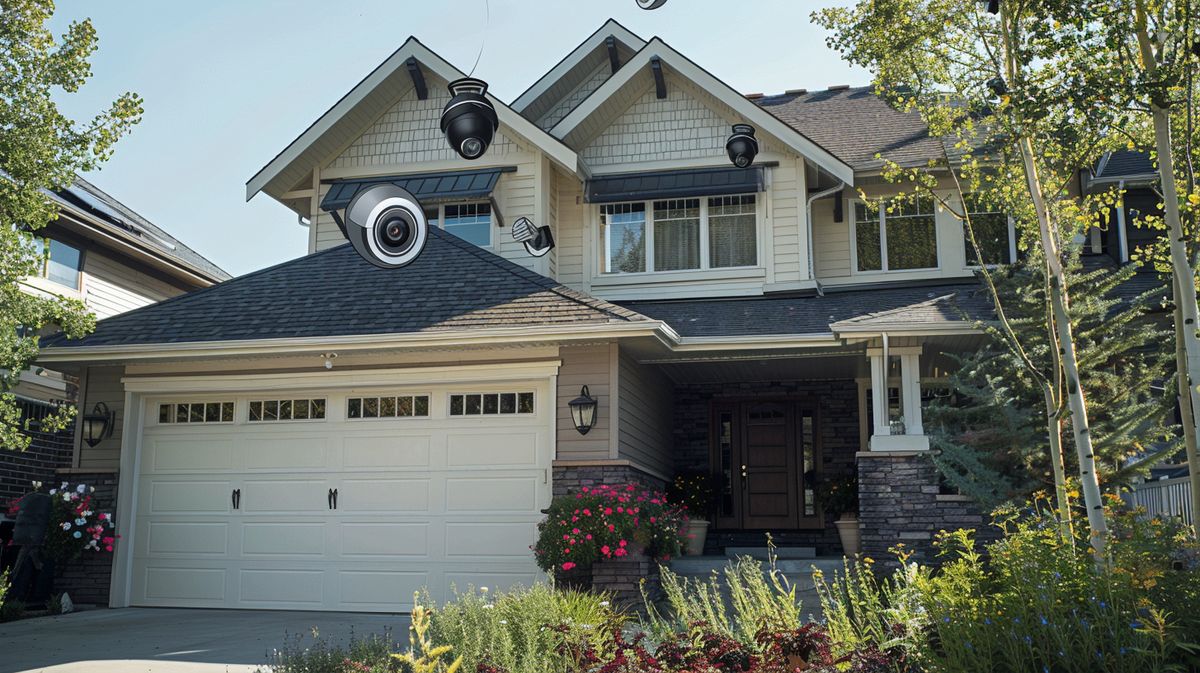
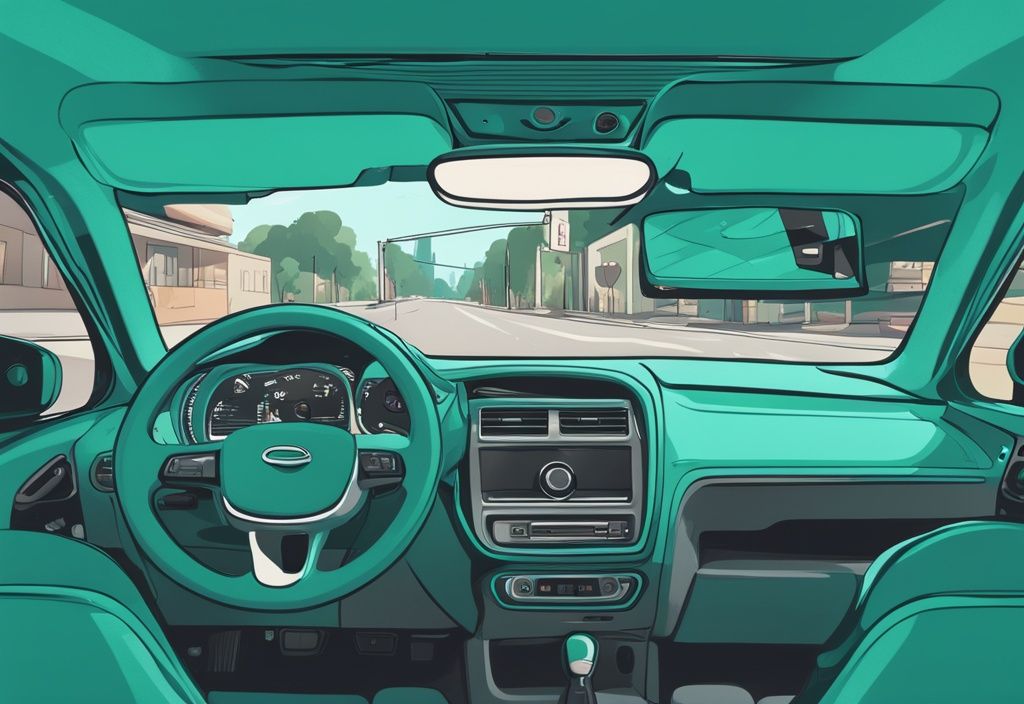
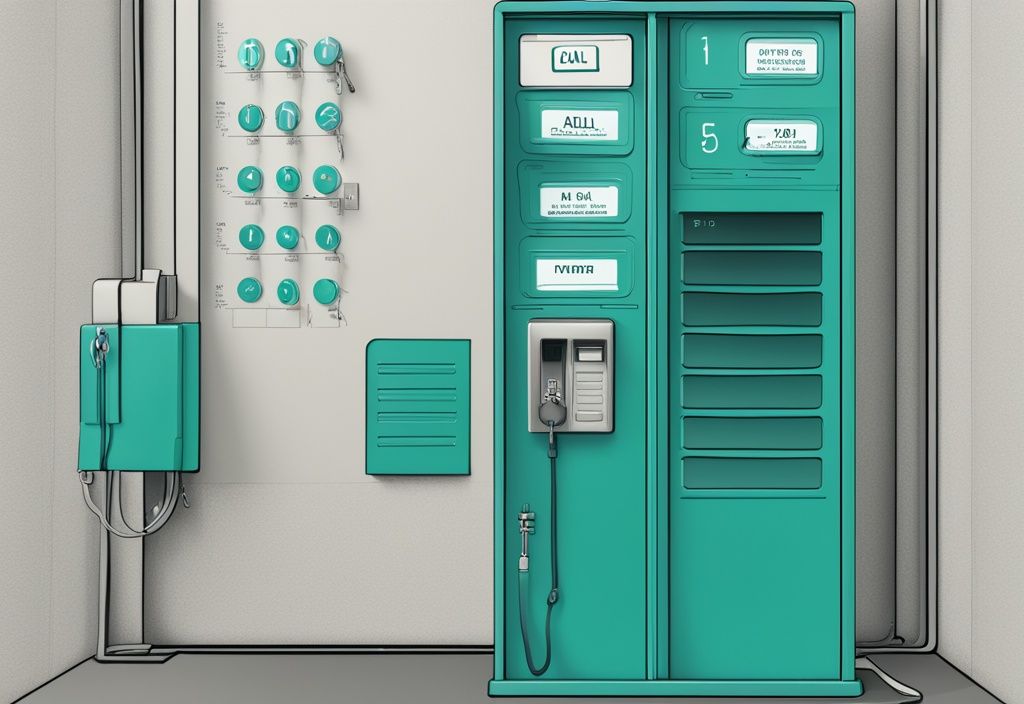
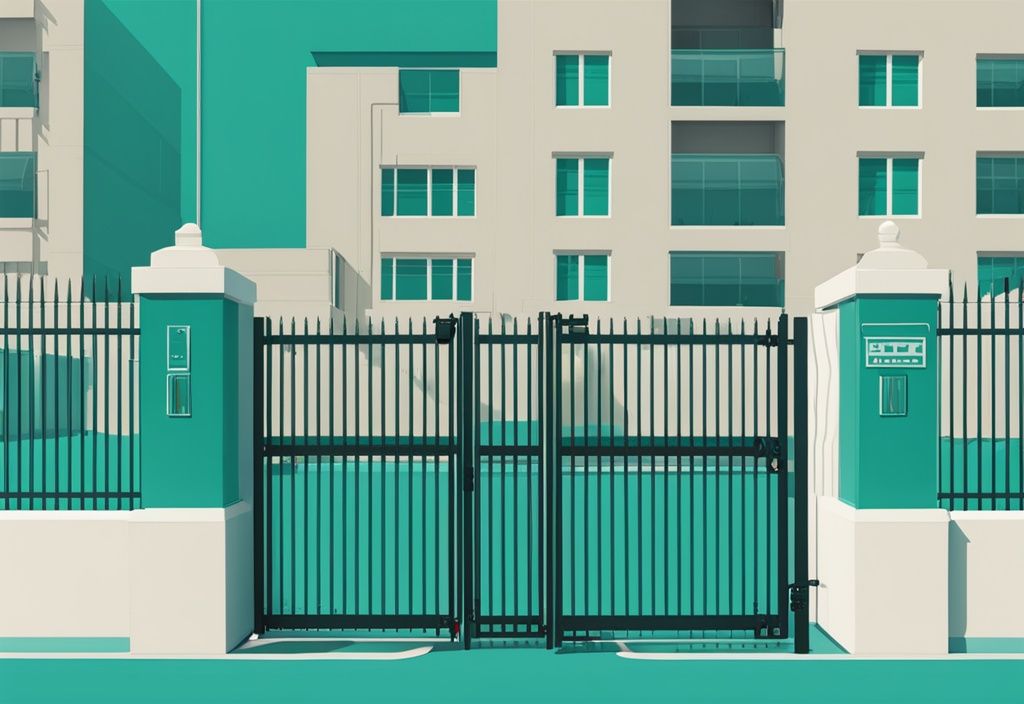

Post Comment